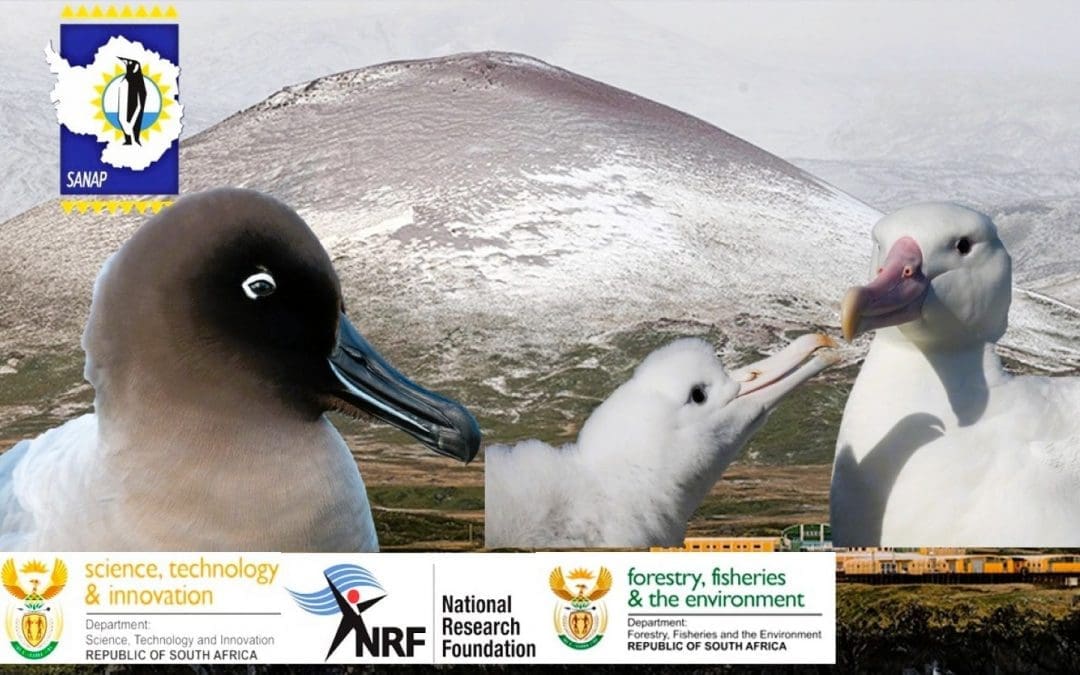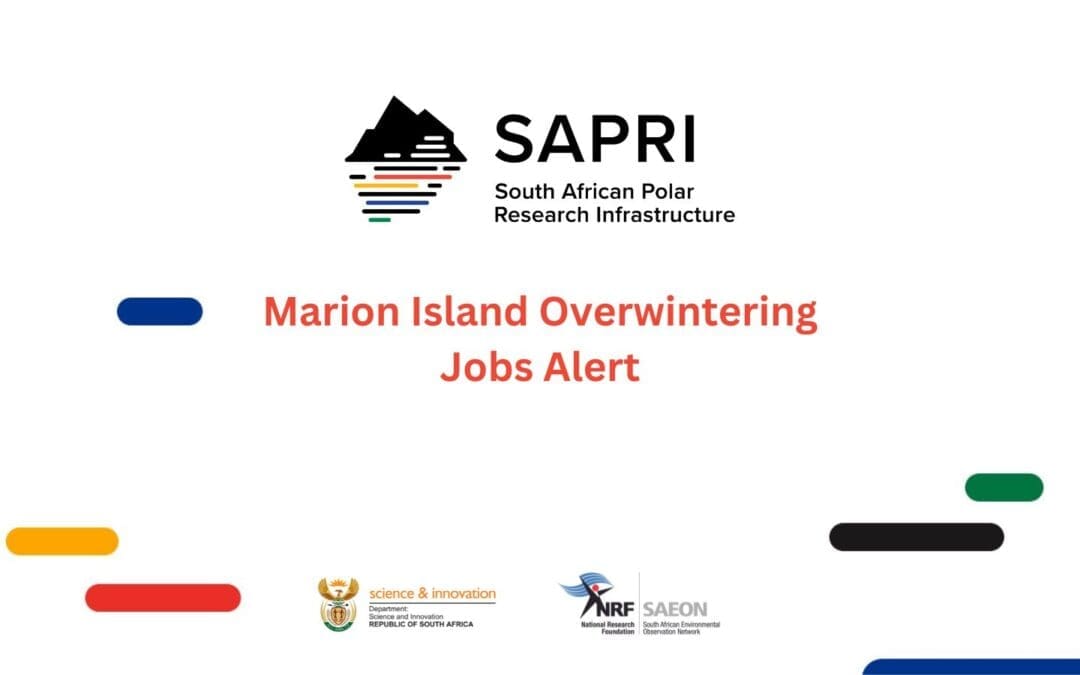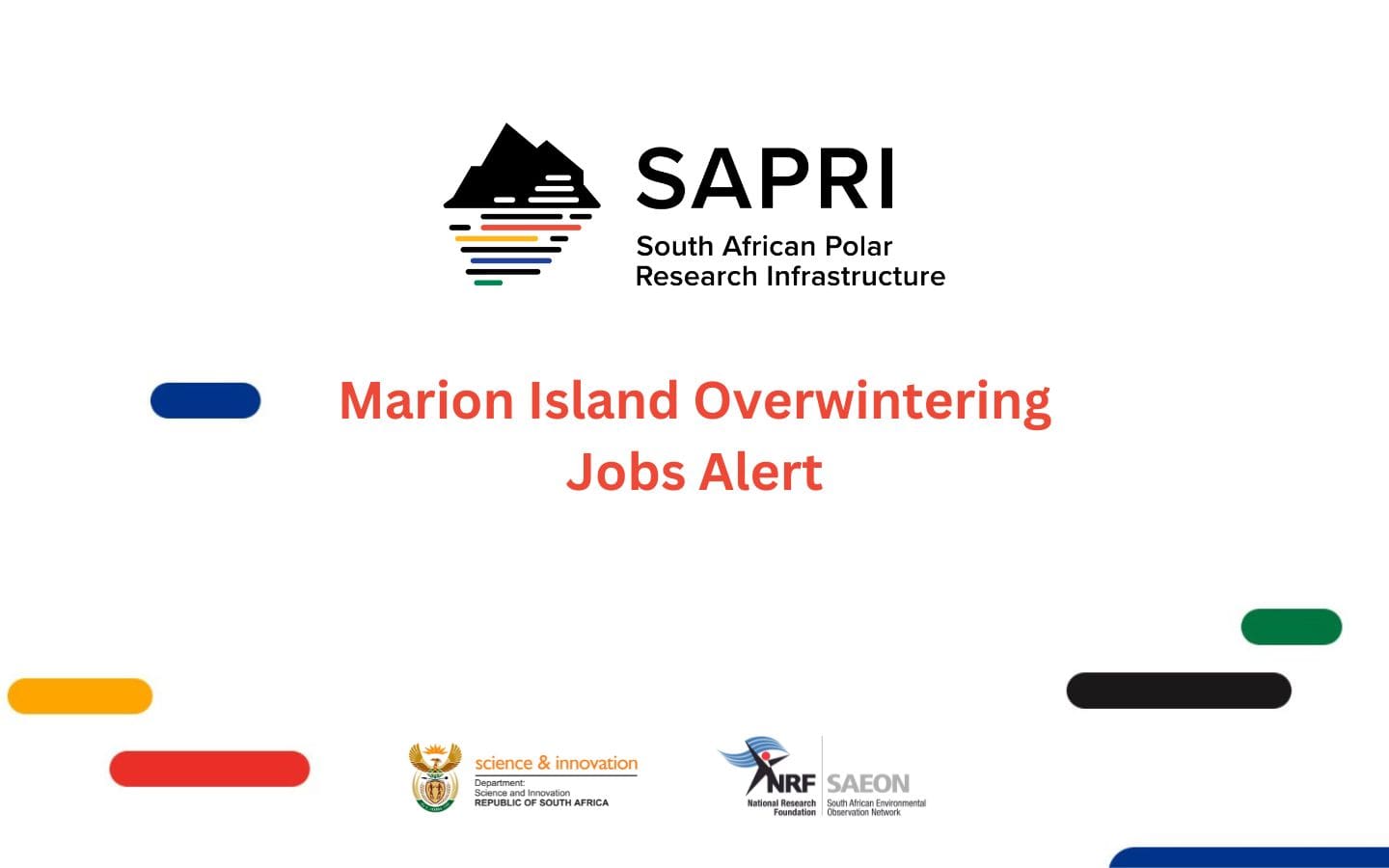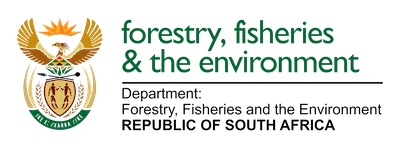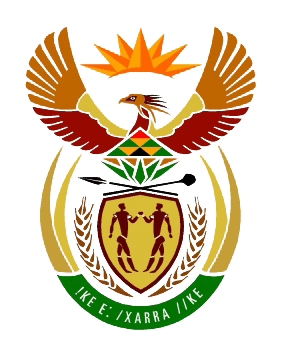
by Ria Olivier | Sep 25, 2025 | Announcement, Jobs, Marion Island, News, Overwintering Team, Research, SANAP, Science, Southern Ocean, Stations, sub-Antarctic, Team member
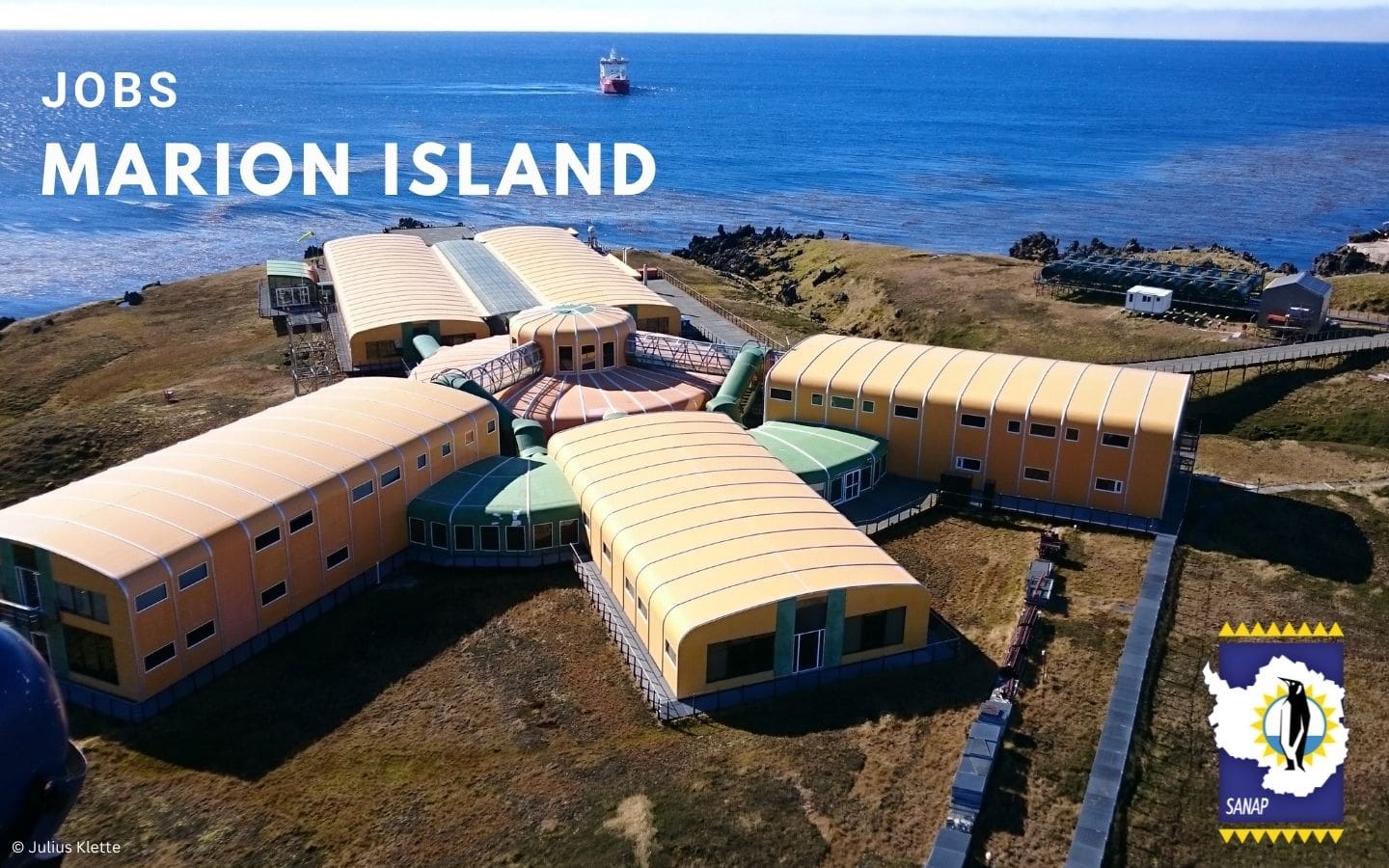
The following positions are available on the sub-Antarctic, Marion Island for the overwintering period (April 2026 to May 2027)
Environmental Officer Assistant Environmental Officer
Communications Engineer Diesel Mechanic Electrical Engineer Medical Orderly
Senior Meteorological Technician Assistant Meteorological Technician
Closing Date: 06 OCTOBER
The incumbent will execute duties at a Sub/Antarctic Base and adhere to the health, safety and environmental requirements. The successful applicant will spend a full year (April 2026 to May 2027) at Marion Island. There is no option to return to South Africa before May 2027. The ability to work and live with small groups of people is thus essential. Although the base is well-equipped with e-mail, fax and satellite telephone facilities, the applicant must be self-sufficient and self-motivated.
Click here: View all positions

by Fishgate@sanap | Apr 1, 2025 | Announcement, Meteorology, News, Oceanography, SANAP
ICSHMO 2025 – International Conference on Southern Hemisphere Meteorology and Oceanography (ICSHMO) 2025 – Participation from the SANAP research community. Below a few presentations by researchers as well as session chairs etc. Visit the ICSHMO website for the full and final program.
 Wayne de Jager – Increased Rotational Coupling Between Antarctic Sea Ice and the Atmosphere Over the Last 30 Years
Wayne de Jager – Increased Rotational Coupling Between Antarctic Sea Ice and the Atmosphere Over the Last 30 Years- Sebastiaan Swart – The oceans imprint on air sea fluxes: Drivers of turbulent heat flux over the Agulhas Current
- Tarron Lamont – Monitoring Western Boundary Current System variability with satellite altimetry
- Riesna R. Audh – Rafting of Growing Antarctic Sea Ice Enhances In-Ice Biogeochemical Activity in Winter
- Robyn Verrinder – Antarctic MIZ observation platforms: Interdisciplinary approaches to resolve seasonal sea ice variability
- Tamaryn Morris – 1. Sustained ocean observations for the Agulhas Current: Realizing the Benefits of Ocean Knowledge through Co-Design. 2. Capturing a cyclonic eddy, and cross-shelf dynamics, in the Agulhas Bight during an early retroflection of the Agulhas Current.
- Magata Mangatane – Intercomparison of Antarctic sea-ice thickness estimates from satellite altimetry and assessment over the 2019 data-rich year.
- Sharon Nicholson – The seasonal cycle in Southern Hemisphere Africa
- Rutger Marquart – Coupled dynamics and thermodynamics modelling of heterogeneous sea ice and ocean waves
- Janine Schoombie – Mapping within-island-scale wind variation on Marion Island
- Christopher Reason – Multiyear La Niña events, the Mozambique Channel, and rainfall over eastern Africa
- Thulwaneng Mashifane – Trait–Based Adjustments: Key to Improving Bloom Seasonal Cycle in the Subantarctic Zone
- Sandy Thomalla – VeGAS-pCO2: Versatile glider, atmospheric and ship high precision pCO2 gas flux analyser
- Amber Sneddon – Atmospheric River climatology for the South Atlantic Basin based on modern image-processing-based tracking.
- Marcel Du Plessis – Storms regulate Southern Ocean summer warming
- Sandy Thomalla -Southern Ocean Observing System for sustained and coordinated observations in a changing world
- Thomas Ryan-Keogh – How can we effectively manage the impact of climate change on Antarctic ecosystems?
- Sandy Thomalla – Climate-driven change to phytoplankton blooms across the global ocean
- Nicolette Chang – Investigating Heat and Carbon Exchange in the Southern Ocean: Insights from a Mesoscale-Resolving
- Sarah Du Preez – Environmental influence on zooplankton variability around sub-Antarctic Prince Edward Islands
- Sarah-Anne Nicholson – The impact of storms on CO2 and heat exchange across the Southern Ocean
- Thato Mtshali – Wintertime distribution and mixed layer dissolved iron budget in the south Atlantic sector of the Southern Ocean
- Miranda Sitofile – The seasonal iron supply in the Southern Ocean
- Chris Reason – Interannual and intraseasonal variability in the Southern Hemisphere
Session chairs, speakers and MC
- Plenary Session – MC: Warren Joubert
- Invited Speaker: Issufo Halo
- Session: Southern Hemisphere Boundary Currents. Chair: Tamaryn Morris
- Session: Polar. Chair: Wayne de Jager. Co-Chair: Magata Mangatane
- Session: Emerging Technologies in Ocean Observing. Chair: Dr Tamaryn Morris
- Session: Southern Ocean BGC. Chair: Thato Mtshali. Co-Chair: Sarah-Anne Nicholson
- Session: Southern Ocean – BGC. Chair: Sandy Thomalla. Co-Chair: Thato Mtshali

by Fishgate@sanap | Mar 31, 2025 | Announcement, Marion Island, News, SANAP
High Pathogenicity Avian Influenza (H5n1) confirmed on Subantarctic Marion Island
Press Release by the Department of Forestry Fisheries and the Environment: 23 March 2025
The presence of high pathogenicity avian influenza (HPAI) H5N1 virus on Marion Island has been confirmed. Samples collected between September and December 2024 were all shipped back to mainland South Africa, via the SA Agulhas II, in February 2025. In March, Polymerase Chain Reaction (PCR) testing confirmed infection in six bird species, comprising Wandering Albatross (Diomedea exulans), King Penguin (Aptenodytes patagonicus), Brown (Subantarctic) Skua (Stercorarius antarcticus), Southern Giant Petrel (Macronectes giganteus), Northern Giant Petrel (M. halli) and Sooty Albatross (Phoebetria fusca).
Following an initial suspected HPAI case in a Brown Skua at Marion Island (a bird showing clinical signs of HPAI infection including twitching and tremors) in mid-September 2024, more similar cases were reported in early November and mortalities in multiple species have continued into March 2025, though the overall death rate slowed significantly in January. The reduced mortality rate is promising, but 31 bird species breed on Marion Island and the bird species and age composition varies throughout the year, therefore it is difficult to predict how the outbreak will progress. The potential effects on marine mammals are also of concern but no increased mortality has been reported in any mammal species so far.
Among Wandering Albatrosses, chicks were mostly affected, with at least 150 of approximately 1900 chicks from the 2024 cohort having died. However, adults have been affected worst in other species: at least 80 adult Brown Skuas, and approximately 120 adult King Penguins. Much smaller numbers of affected giant petrels (at least 20 Southern and four Northern) and Sooty Albatrosses (five) have been observed. The deaths of adult seabirds are of greater concern than chicks, because most species only start to breed at 3 to 10 years of age, and most affected species raise at most one chick per year. There are also a multitude of other threats to seabirds, including fisheries bycatch, climate change, plastic pollution and predation by introduced house mice on Marion Island.
Marion Island, along with neighbouring Prince Edward Island, provides critical breeding and moulting grounds for millions of seabirds and marine mammals, including nearly half of the worlds Wandering Albatrosses, hundreds of thousands of penguins, and large numbers of Southern Elephant Seals and Subantarctic and Antarctic Fur Seals. The Archipelago is located in the south western Indian Ocean, about 2000km southeast of Cape Town and halfway between Africa and Antarctica.
Observations of and laboratory test results for HPAI (H5N1) on Marion Island can assist in inferring the potential risk to animals on Prince Edward Island, since they share various ecological characteristics. Visits to Prince Edward Island are limited to one visit every four years, to limit human impacts on the island and preserve its pristine state, and the last survey was undertaken in November 2023.
Having spread around the globe since 2021, HPAI (H5N1) was detected in seabirds and marine mammals in South Georgia, southeast of South America, in October 2023. It reached the Antarctic Peninsula in February 2024 and was detected at the French archipelagos of Crozet and Kerguelen (950 and 2300 km east of Marion respectively) in October and November 2024. The virus can be transported long distances by migrating birds, and the virus moved from South Georgia to the French islands.
The situation on Marion Island is being closely monitored by the field personnel overwintering on the island, who have been trained to recognise possible HPAI signs in birds and seals, and in the necessary monitoring and mitigation methods. They will continue to take all precautions to ensure they do not spread the virus. There are few other disease mitigation tools available in this type of situation.
The HPAI protocol [SANAP Protocol for the Management of Avian Influenza (20 April 2024) PDF – 960.4 KB] that has been implemented on Marion Island was developed by the Department of Forestry, Fisheries and the Environment, the management authority for the Prince Edward Islands, together with Western Cape Veterinary Services, marine ornithologists, marine mammal biologists, disease experts and colleagues overseas with similar experience. Efforts to monitor and hopefully limit the spread of the virus on the island will continue.
For media enquiries please contact:
Thobile Zulu-Molobi
Mobile: +27 82 513 7154
E-mail: tmolobi@dffe.gov.za
or
Peter Mbelengwa:
Mobile: +27 82 611 8197
E-mail: pmbelengwa@dffe.gov.za

by Ria Olivier | Nov 27, 2023 | Announcement, Jobs, Marion Island, News, Overwintering Team, Prince Edward Islands, Research, SA Polar Research Infrastructure, SANAP, SAPolarRI, SAPRI, Science, Southern Ocean, Stations, sub-Antarctic
 Applications open for:
Applications open for:
- Overwintering Birder
- Overwintering Killer Whaler
- Overwintering Sealer (2x positions)
The National Research Foundation (NRF) supports and promotes research and human capital development through funding, the provision of National Research Facilities and science outreach platforms and programmes to the broader community in all fields of science and technology, including natural sciences, engineering, social sciences and humanities.
The South African Environmental Observation Network (SAEON) is a research platform funded by the Department of Science and Innovation (DSI) and managed by the National Research Foundation (NRF) since 2002. SAEON is mandated to observe and research ecosystems on land, in coastal regions and the oceans to understand how those systems function and might change over time and space when influenced by socio-economic driving forces including climate change. We deliver our data online and offer tools, services and advice for informed environmental policy-making.
SAEON Egagasini Node, based in Cape Town, Western Cape, requires the services of suitably qualified individuals to be responsible for collecting field data on birds and mammals, to be used for conservation and academic purposes as part of the South African Polar Research Infrastructure (SAPRI). The birder will be contributing to the project ‘On-island impacts of climate change on the Southern Ocean’s iconic seabirds’ run by the FitzPatrick Institute (University of Cape Town).
The Marion Island research station is managed and administered by the Department of Forestry, Fisheries and the Environment (DFFE).
Apply before: 07 December 2023
Click here!
Anche Louw, South African Polar Research Infrastructure, 27 November 2023
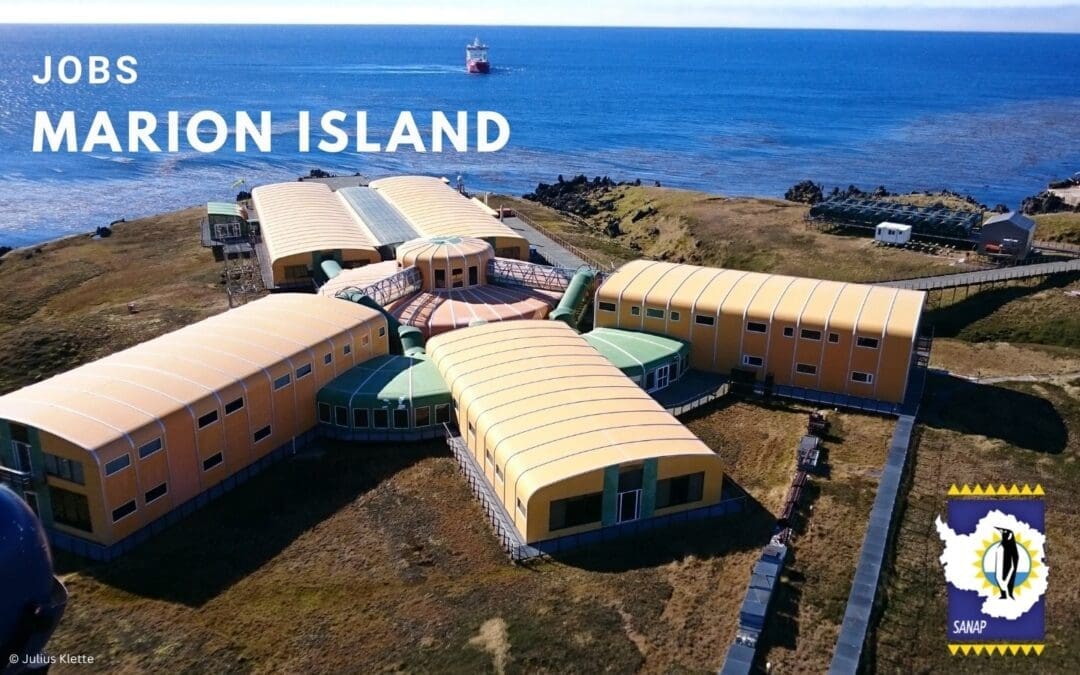

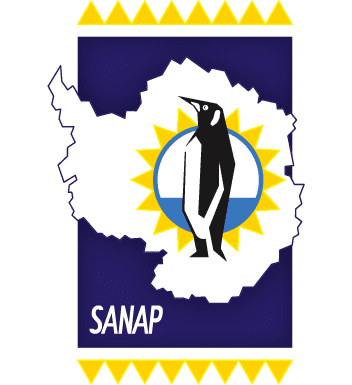
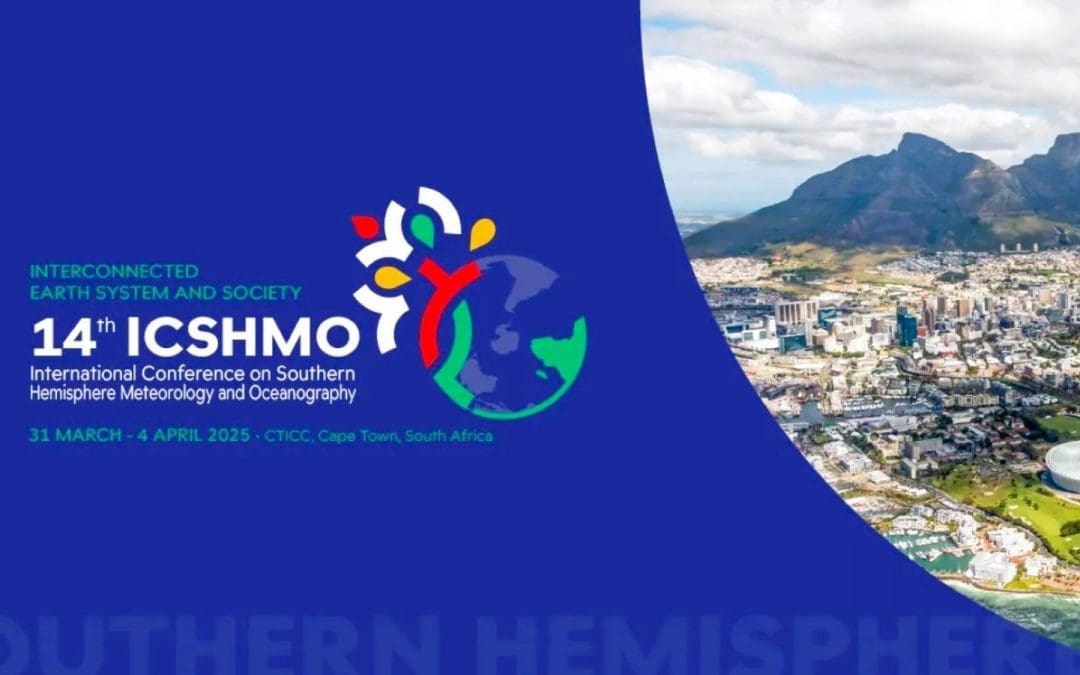
 Wayne de Jager – Increased Rotational Coupling Between Antarctic Sea Ice and the Atmosphere Over the Last 30 Years
Wayne de Jager – Increased Rotational Coupling Between Antarctic Sea Ice and the Atmosphere Over the Last 30 Years